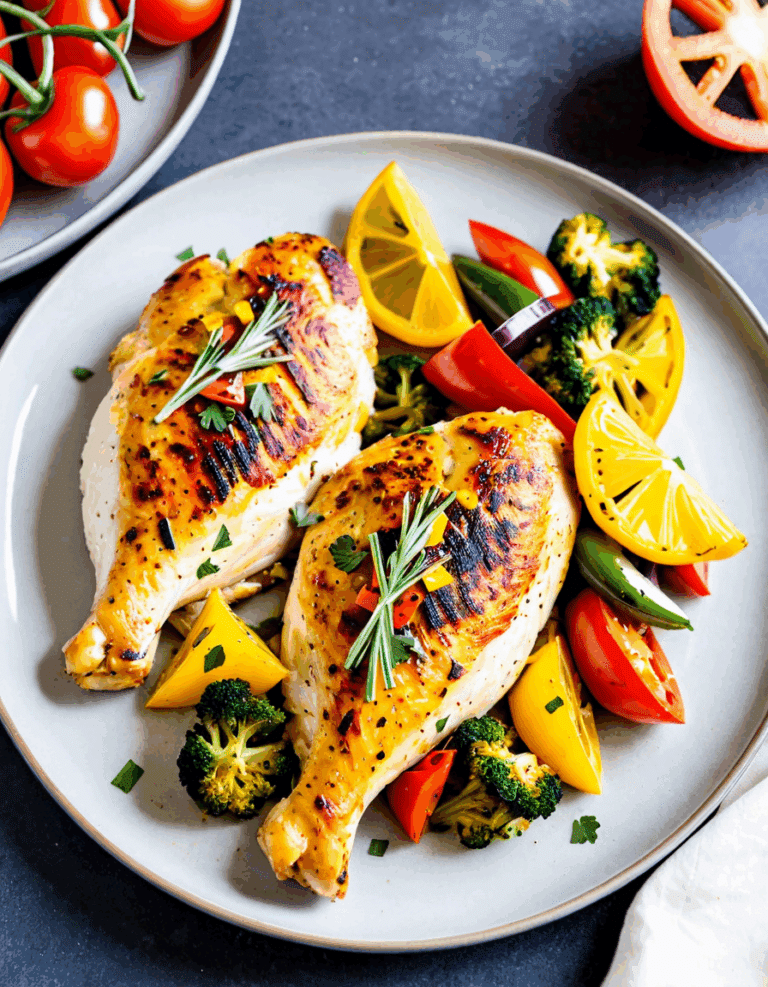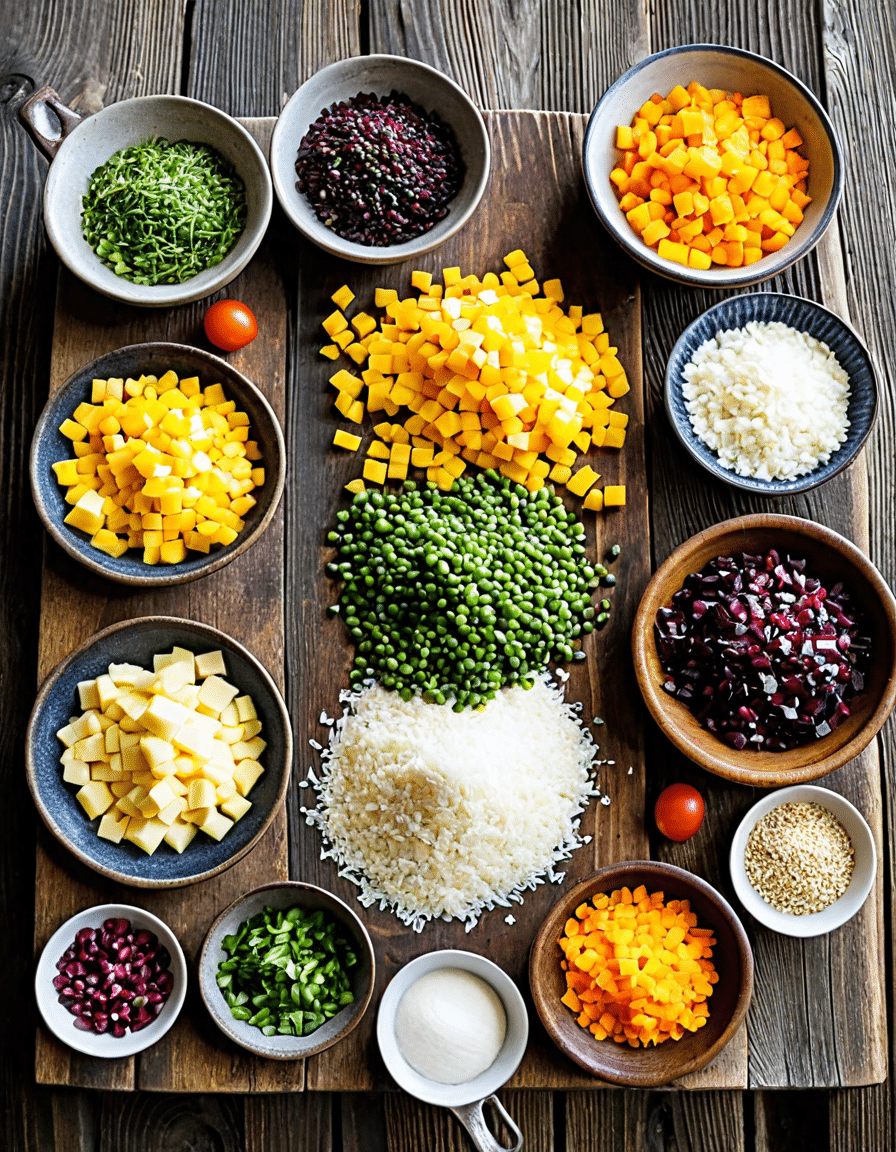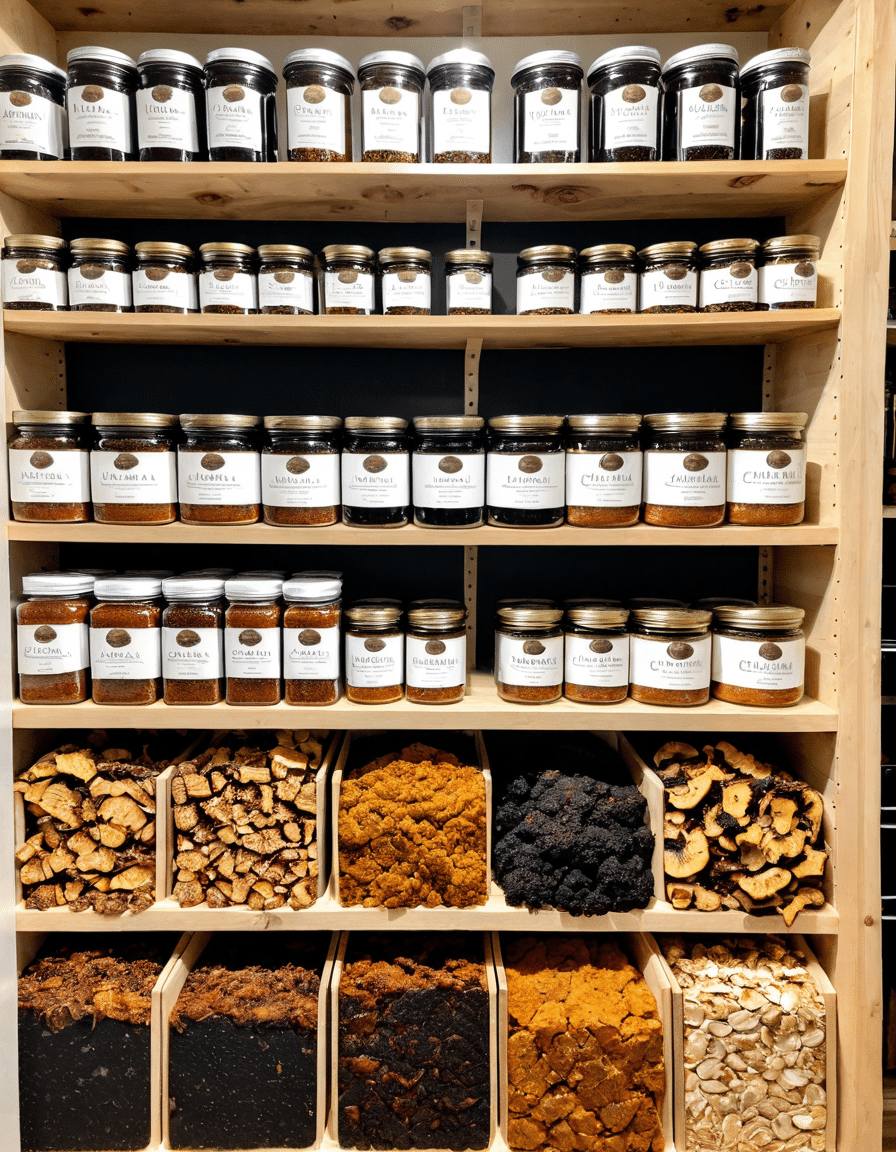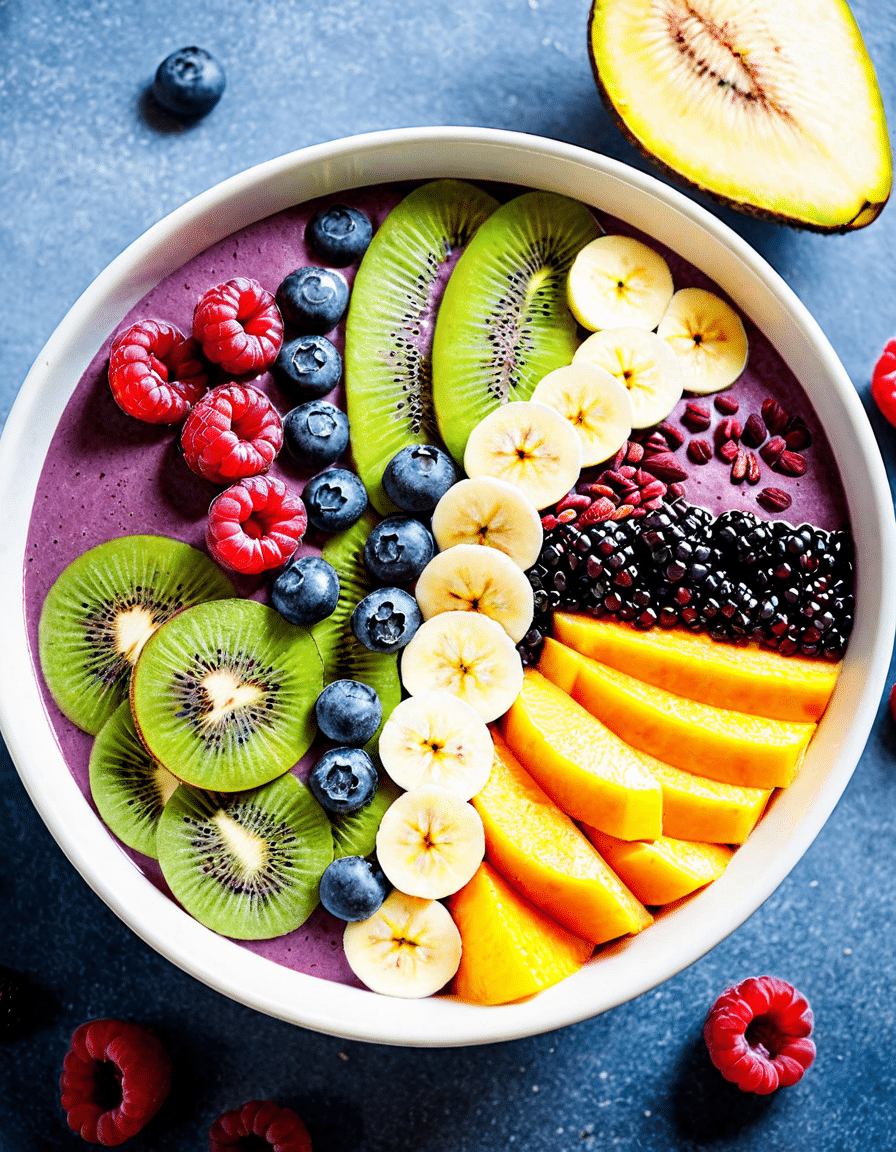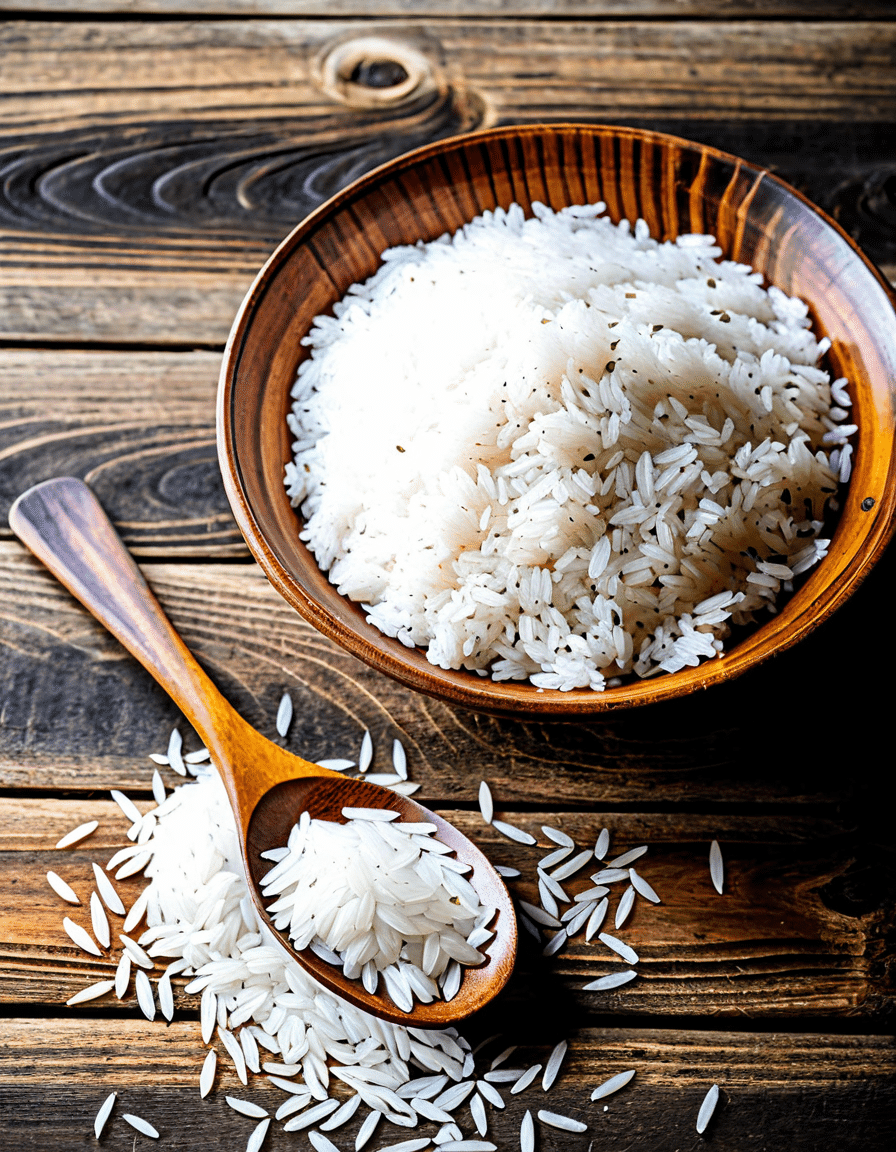
The Diced Legacy of Culinary Excellence
In the culinary arena, few icons shine as brightly as Chef Thomas Keller. Known for his innovative techniques, Keller’s legacy revolves around the idea of diced ingredients that enhance both presentation and flavor. He’s not just about putting food on a plate; he’s about crafting an experience from start to finish—pushing the boundaries of what we think culinary art can be. His flagship restaurant, The French Laundry, has earned Michelin stars, captivating diners with every exquisitely plated dish.
Keller’s cooking philosophy resonates with aspiring chefs. Every diced carrot and julienned zucchini tells a story, showcasing deep respect for each ingredient. This precision he’s known for transforms the cooking process from mundane to extraordinary. As he often says, “The quality of ingredients matters more than anything else.” His reputation for creating unforgettable dining experiences is not just built on elevated flavors but also on meticulous attention to detail.
What’s fascinating about Keller is his journey from a humble beginning to becoming a culinary titan. He prided himself on diverse experiences, working his way through the kitchens in the French Alps to bustling New York City, where he learned the importance of seasonality and sourcing the finest ingredients. His commitment to the craft means not just creating a beautiful dish but one that resonates with health and sustainability. This philosophy has opened the doors to a new generation of chefs eager to innovate and respect the art of cooking.

Top 5 Essential Cooking Techniques: Diced to Perfection
It’s all about that ultra-fine dice! The brunoise technique takes vegetables—think potatoes or bell peppers—and chops them into tiny cubes, around 1/8 inch. Why go through the trouble? It creates a beautiful visual impact and allows flavors to intermingle delightfully. Chefs like Alain Ducasse have popularized this method, especially in intricate French dishes that earn rave reviews.
The julienne technique, where vegetables are turned into long, thin strips, is essential for uniform cooking. This method isn’t just pretty; it helps maintain textures and flavors without overwhelming the palate. Renowned spots like Nobu leverage this technique in their sushi rolls, balancing taste and aesthetics perfectly.
To bring leafy greens to life, the chiffonade method rolls and slices herbs into thin ribbons. This technique, loved by chefs such as Mario Batali, elevates the flavor profile of pasta and salads, ensuring every bite bursts with freshness.
A kitchen runs smoothly with mise en place—the prep work that ensures ingredients are diced and arranged efficiently. This level of organization is key for chefs at eateries like Eleven Madison Park, delivering exceptional dining experiences every time.
Potatoes can elevate any dish, especially when they’re diced flawlessly. Chefs like Gordon Ramsay highlight this in dishes like potato gratin, where precise cutting impacts flavor and texture. When potatoes are diced to the right size, it opens the door to perfect cooking.

The Culinary Journey of a Master: Influences and Inspirations
Thomas Keller’s story began with humble beginnings. Growing up, his mother’s culinary skills sparked his passion for food. He learned that cooking wasn’t just about sustenance; it was an art form meant to be savored. This early exposure shaped him in ways he carries throughout his career, always striving for culinary excellence.
His journey took him to esteemed kitchens in France before finding a home in the fast-paced streets of New York City. Each experience ingrained in him the significance of quality ingredients and the importance of technique. Keller’s belief in celebrating every component of a dish enhances his reputation, fostering connections through food.
Beyond just cooking, Keller’s heart lies in education. His philanthropic efforts promote sustainable practices in kitchens worldwide. Through programs and mentorships, he inspires the next generation to carry forward his commitment to the culinary arts, impacting future chefs in profound ways.

Parasited Interests: The Influence of Health on Culinary Arts
Today’s culinary scene is rapidly evolving, shaped by health-focused trends. Chefs like Keller have adapted their practices, introducing ingredients that not only please the palate but also cater to dietary needs. With rising cholesterol awareness, he explores healthy cooking methods while keeping flavors front and center.
Keller cleverly uses metaphorical references, like Lipitor, to address the realities of health in dining. He challenges fellow chefs to venture into innovations, proving once more that cooking can be delightful without compromising health. The industry has seen a surge in these choices, making it accessible to a broader audience.
By embracing health-conscious trends, Keller highlights the importance of inclusivity in dining. This shift results in a culinary landscape where wellness and gastronomy coexist harmoniously, and the joy of eating remains at the forefront.

Inspiring Future Generations: The Importance of Teaching
Keller passionately shares his wealth of knowledge through teaching. His mentorship programs emphasize essential cooking fundamentals—be it perfect diced techniques or understanding complex flavor profiles. This hands-on approach empowers young chefs to blossom into their culinary identities.
Holding workshops at prestigious institutions like the Culinary Institute of America, Keller lays the groundwork for future innovators in the kitchen. By focusing on techniques like evenity and texture, he nurtures creativity along with skill, bridging the gap between science and art in cooking.
The dedication Keller shows to teaching reflects his belief that the future of culinary excellence lies in the hands of those eager to learn. These initiatives inspire young chefs, ensuring they grasp not just techniques but also the passion behind each diced ingredient.
A Culinary Master’s Impact
Chef Thomas Keller’s extraordinary legacy proves culinary mastery isn’t limited to fine dining; it encompasses skill, health consciousness, and education wrapped in delicious meals. His journey reveals how cooking techniques—like the simple act of dicing—can elevate food into an art form. Keller’s influence invites chefs and home cooks alike to explore and appreciate the vibrant world of culinary arts.
As we take inspiration from Keller’s life, it’s crucial to recognize that every meal offers an opportunity to innovate and create. For those seeking shredded abs or chiseling muscle, learning the proper culinary techniques is essential. As Keller teaches, it’s not just about what’s on the plate; it’s about the understanding behind the preparation. Whether you’re a seasoned chef or a weekend warrior in the kitchen, the principles of cooking can inspire and nourish, turning ordinary meals into unforgettable dining experiences.
So grab your knives, roll up your sleeves, and jump into the exciting world of cooking. Remember, every ingredient counts, and with the right techniques, you’ll create dishes that not only taste outstanding but also leave a lasting impression!
For more tips on nutrition and fitness that fuel your culinary creativity, check out the latest trends on Breadcrumbs and more. Remember, every diced piece contributes to the bigger picture—your ultimate culinary journey!
Diced: Fun Trivia and Interesting Facts
The Art of Dicing
Did you know that dicing has some fascinating roots? The technique is believed to have originated in medieval kitchens, where cooks honed their skills to create consistent pieces for safety and presentation. This method became vital in the culinary arts, especially as kitchens became more sophisticated—much like how modern tech moguls like Zuckerberg strive for innovation. Dicing isn’t just about uniformity; it’s about maximizing flavor infusion as smaller pieces cook faster and absorb seasonings better.
Dicing in Different Cultures
Diced vegetables play a crucial role in many global dishes. For instance, in Mediterranean cuisine, you’ll find diced tomatoes in fresh salsa or a classic bavel dish that showcases how essential they can be. Interestingly, the size of the dice can affect cooking time as well. Large cubes may require a drill bit sharpener of culinary skills, as precise cuts often yield better results on the plate. And speaking of precision, anyone who’s dealt with hand foot mouth Symptoms knows the chaos an unexpected illness can bring to meal prep.
Numerology in the Kitchen
There’s also a quirky connection between dicing and the mystical world of angel numbers Meanings. Some chefs believe that the way you cut your ingredients can magically influence the outcome of the dish—think of it as infusing good vibes into your meal! While that might sound a bit out there, engaging in these traditions gives deeper meaning to cooking. And speaking of sights beyond the plate, have you ever had a blocked tear duct when chopping onions or peppers? Ah, the price we pay for flavor!
So whether you’re experimenting with new recipes or changing up your presentation, remember that dicing is not just a culinary right of passage; it’s a way to connect with cultures and traditions that span centuries. When you think of your favorite meals, don’t underestimate the power of a simple dice—it’s one of those culinary Primas that every master chef should embrace!
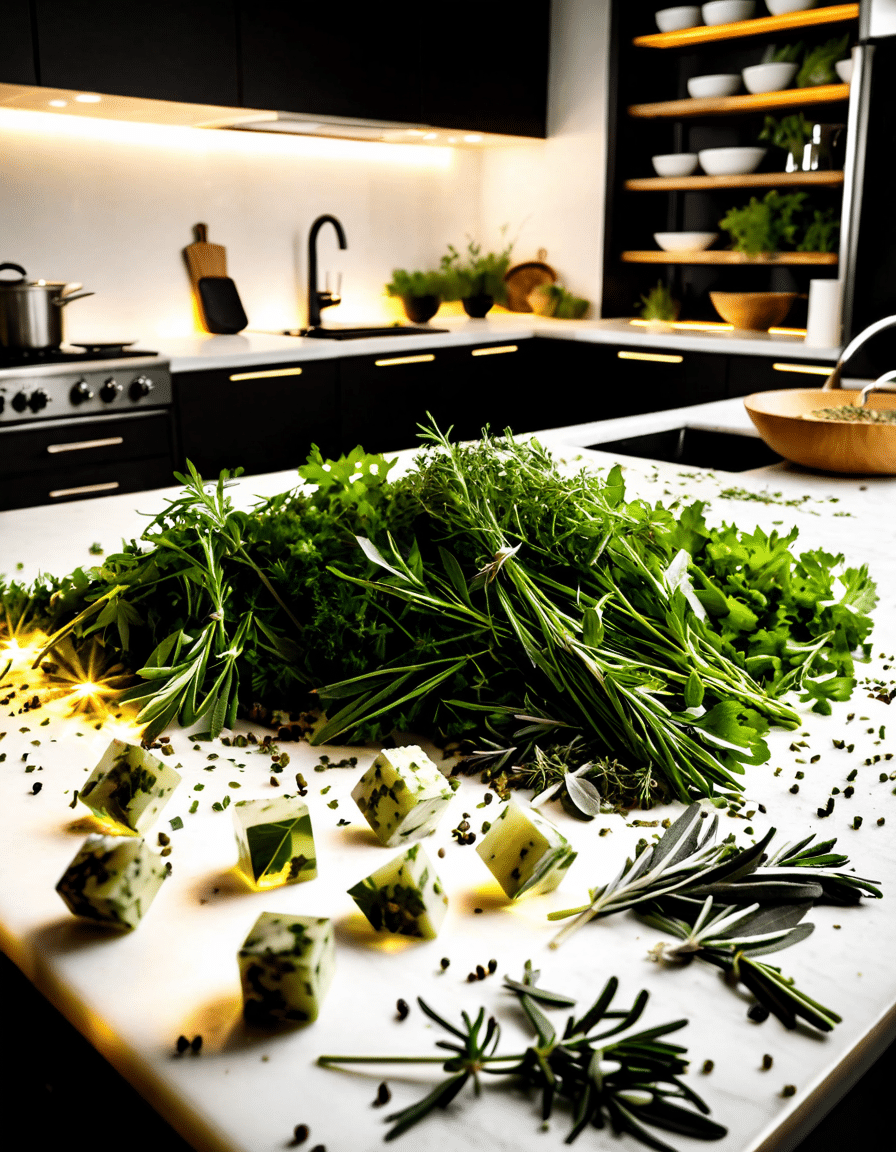
What do you mean by diced?
Diced just means cutting food into small, uniform cubes, usually for even cooking.
Is it diced or chopped?
Dicing is typically smaller and more precise than chopping, which is more about cutting food into irregular pieces.
What is diced cut?
A diced cut refers to food that’s been cut into small, square pieces, often around a quarter-inch or less.
What is a synonym for diced?
A synonym for diced could be cubed, as both refer to cutting food into small blocks.
What does diced mean in slang?
In slang, “diced” might mean being in a confused state or being very excited, but it’s not super common.
What language does angst come from?
The word “angst” comes from German, where it means anxiety or fear, often referring to a strong feeling of dread.
Why is it called diced?
It’s called diced because it describes the action of cutting food into little cubes, resembling dice used in games.
Which is bigger, diced or chopped?
Generally, diced pieces are smaller than chopped pieces since dicing aims for more uniformity and precision.
What does “chopped” mean?
“Chopped” means cutting food into larger, more random pieces compared to dicing.
What does diced look like?
Diced food usually looks like small cubes, almost like little blocks, neatly cut and often consistent in size.
Is a chopped onion diced?
Yes, a chopped onion can be diced if it’s cut into small, uniform cubes afterward.
What size is diced?
Diced pieces are usually around a quarter-inch in size, but the exact size can vary based on the recipe.
What food is diced?
Common foods that are diced include vegetables like onions, peppers, and even some fruits, like apples.
What is finely diced called?
Finely diced is sometimes called “brunoise,” which means cutting food into very small cubes, even smaller than regular diced.
Does diced mean cubed?
Diced does imply cubed, but the term “cubed” often refers to a specific size and shape, usually more exact than just diced.
Is chopped onion sliced or diced?
Chopped onion is more about cutting into irregular pieces, while diced onion is more uniform and consistent in size.
What is the difference between chopping and dicing?
The difference between chopping and dicing comes down to size and uniformity; dicing is smaller and more precise.
When a recipe says chopped?
When a recipe says chopped, it usually means you should cut the food into larger, rough pieces compared to dicing.
Are chopped tomatoes diced or crushed?
Chopped tomatoes can be either diced or crushed, depending on the recipe’s needs; it’s not always the same.
What does diced look like?
Diced food looks like small, even squares, making it great for even cooking or presentation.
What is dise meaning?
The term “dise” isn’t commonly used, and it might not have a clear meaning in cooking, so it might just be a typo or misunderstanding.
Why is it called diced?
It’s called diced because it resembles small dice, making it a fitting term for the type of cut used in cooking.
What is diced in a recipe?
In a recipe, diced typically means cutting ingredients into small cubes, which helps with even cooking and flavor distribution.



